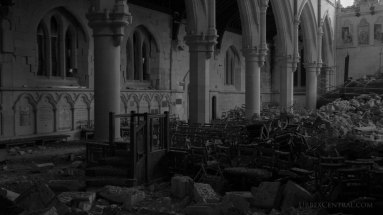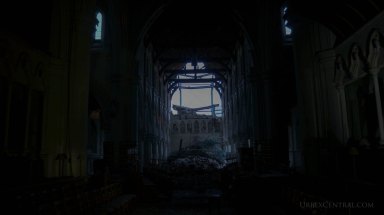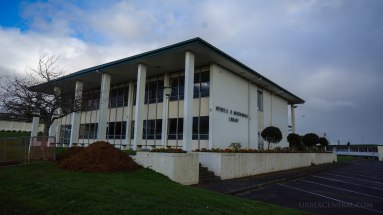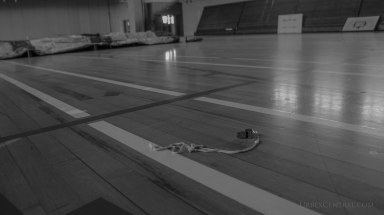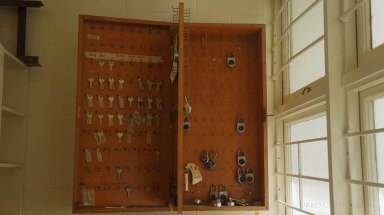 The Sathorn Unique (aka the Ghost Tower) is a 185 meter 49 story unfinished skyscaper in downtown Bangkok near the Chao Phraya river. The proposed luxury condominium tower was designed and developed by prominent architect and real estate developer Rangsan Torsuwan. By 1997 construction was estimated to be 80–90 percent complete when the Asian financial crisis hit. Bangkok’s real estate market collapsed, and the finance companies that had funded the project went bankrupt and were subsequently liquidated. Building construction projects across the city came to a halt and Bangkok was left with over 300 unfinished high-rise projects. However since then most of these buildings have been completed as the economy recovered- but the Sathorn Unique remains a ghost tower…
The Sathorn Unique (aka the Ghost Tower) is a 185 meter 49 story unfinished skyscaper in downtown Bangkok near the Chao Phraya river. The proposed luxury condominium tower was designed and developed by prominent architect and real estate developer Rangsan Torsuwan. By 1997 construction was estimated to be 80–90 percent complete when the Asian financial crisis hit. Bangkok’s real estate market collapsed, and the finance companies that had funded the project went bankrupt and were subsequently liquidated. Building construction projects across the city came to a halt and Bangkok was left with over 300 unfinished high-rise projects. However since then most of these buildings have been completed as the economy recovered- but the Sathorn Unique remains a ghost tower…
There are numerous urban legends and superstitions regarding the Sathorn held by people in the nearby community and Bangkok in general. Some believe the building was doomed from the beginning as the land upon which it sits is a former graveyard. Others believe that due to the Sathorn Unique’s shadow falling over the neighboring Wat Yan Nawa, that this brings it bad luck, resulting in its failed completion. After almost two decades and no completion in sight, perhaps there is something to these superstitions after all.
Over the years the Sathorn has become known a bit of an urban exploration mecca, so late last year while in Bangkok we thought we’d pay it a visit. Despite being officially off-limits to the public, access reportedly could be gained by finding your own way in- or bribing a security guard to let you in- we preferred the former. We found the building easily enough, you just have to look up. Unfortunately our timing couldn’t have been worse and was only out by a month or two, as the surrounding fence had been rebuilt and reinforced and certain security guards sacked- no one can enter now (unless your Spiderman) no matter what bribe is offered.
This appears to have occurred due to a number of factors; the increased popularity of the tower, the number of photos, videos and articles popping up on line- and the death of a tourist. In December 2014 the body of a Swedish man was found hanging on the 43rd floor. The cause of death was determined to be suicide, though the news prompted discussion regarding the safety and security of the building. Then in September 2015, Sathorn Unique Co. made known they had filed criminal charges of trespassing against five people who had posted material on the Web, including a pair of tourists who had created a video of themselves freerunning on the tower. They said that this was done in order to set an example and deter people from climbing the building. They added that the number of people illegally entering the premises had risen sharply during the past year, following an increase in online exposure, with over a hundred people entering on some weekends.
So at present the Ghost Tower seems to have been finally left for the ghosts to accommodate- but perhaps the future will offer opportunities for a return of the living…
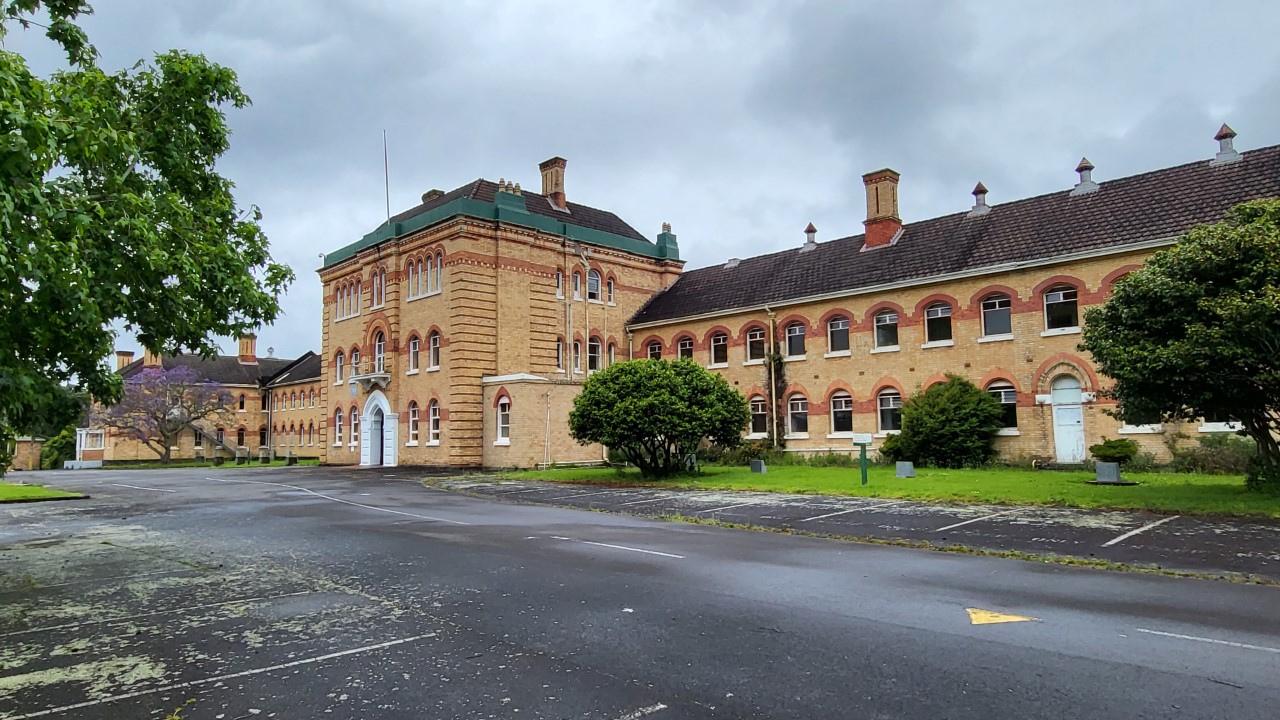
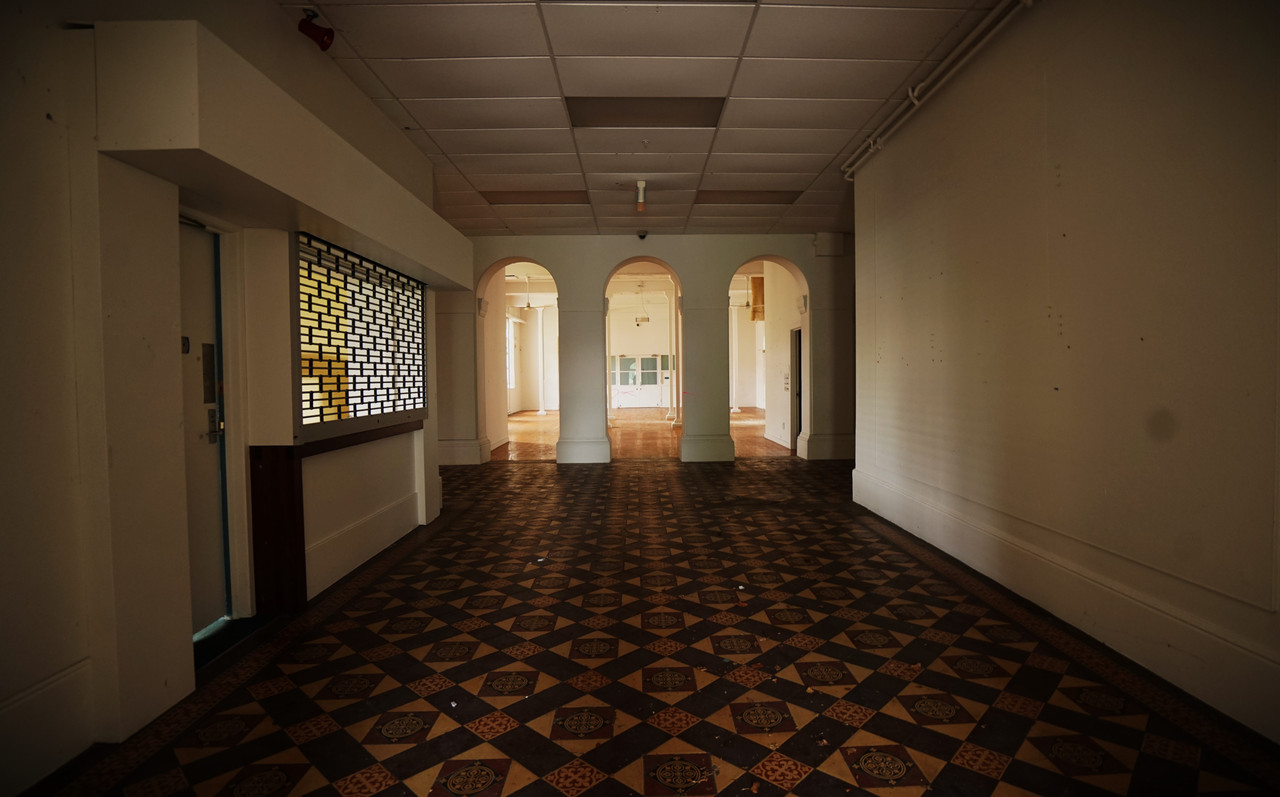
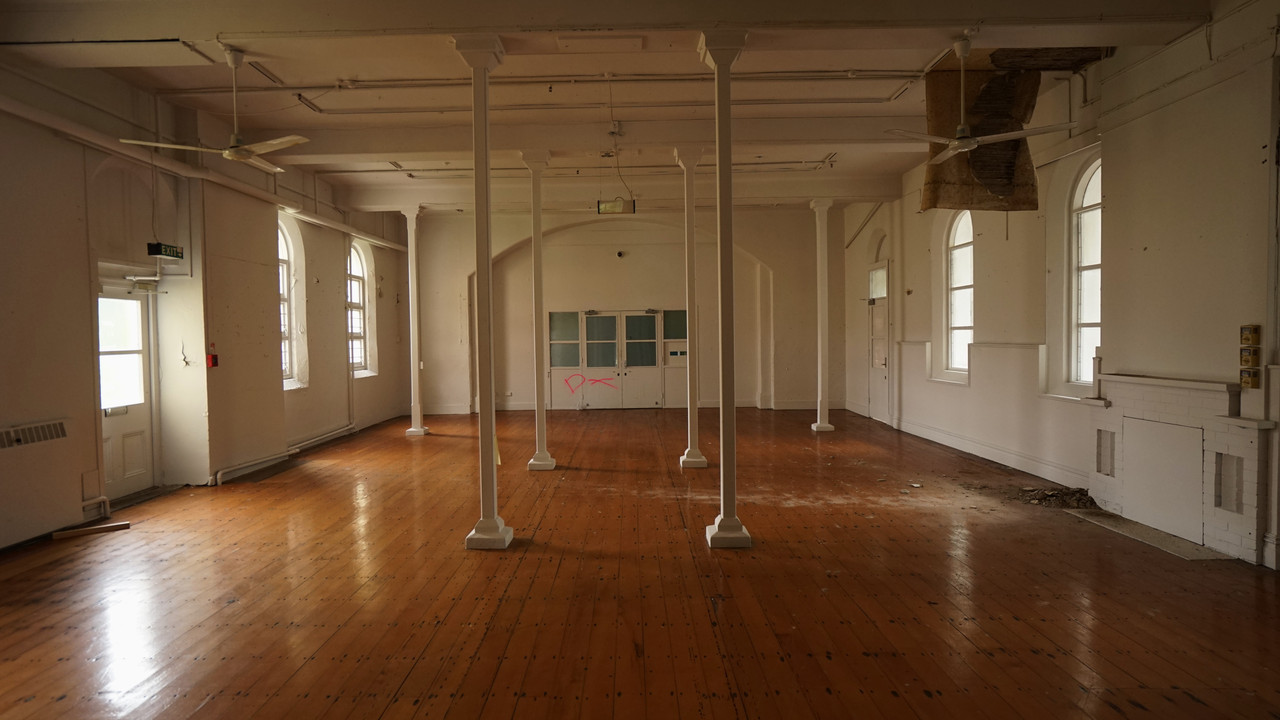

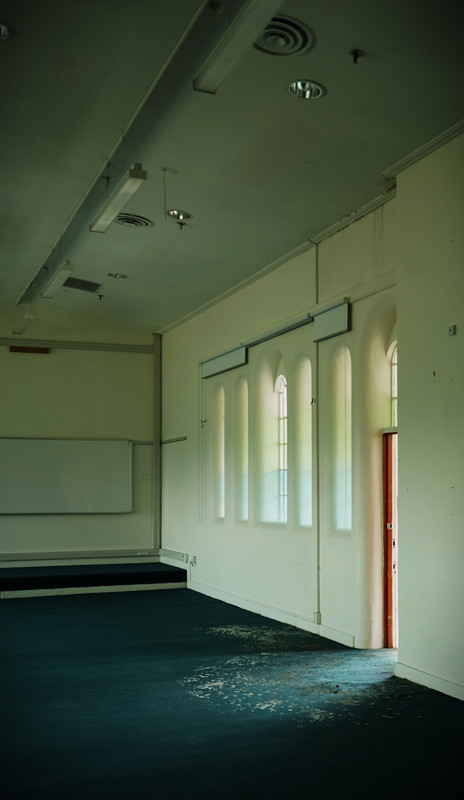


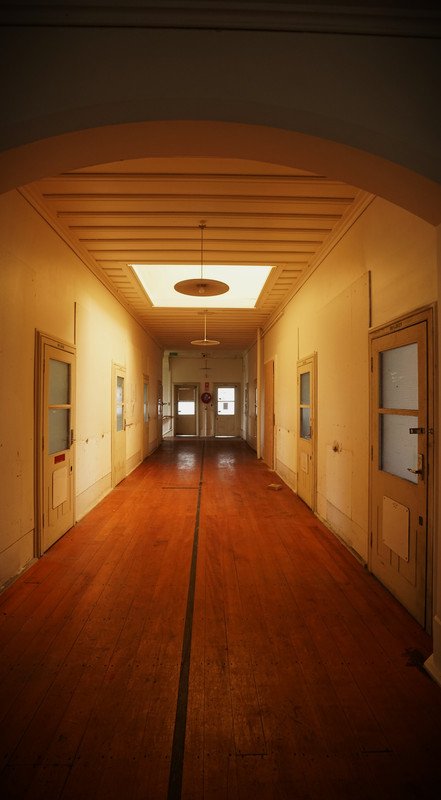
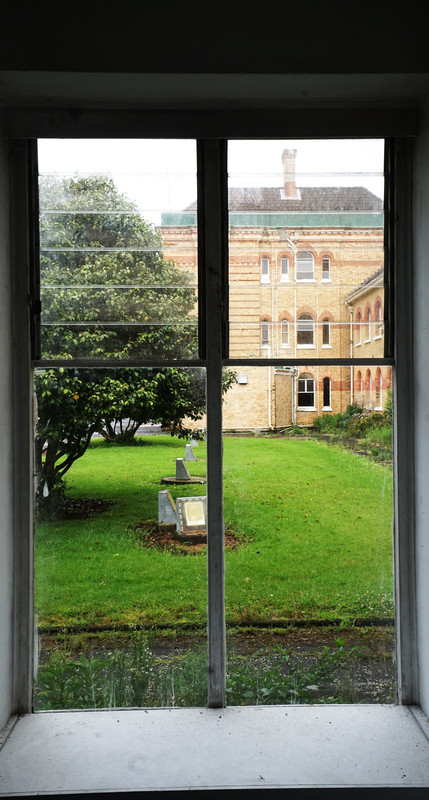
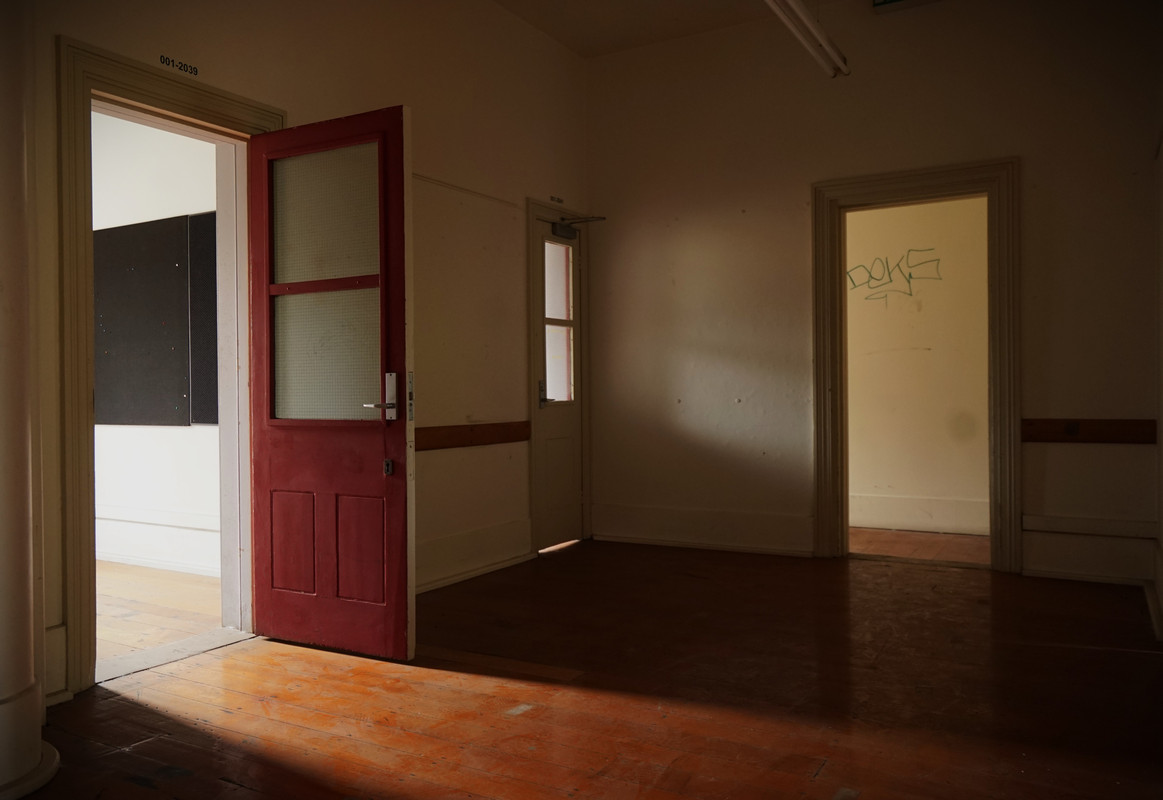
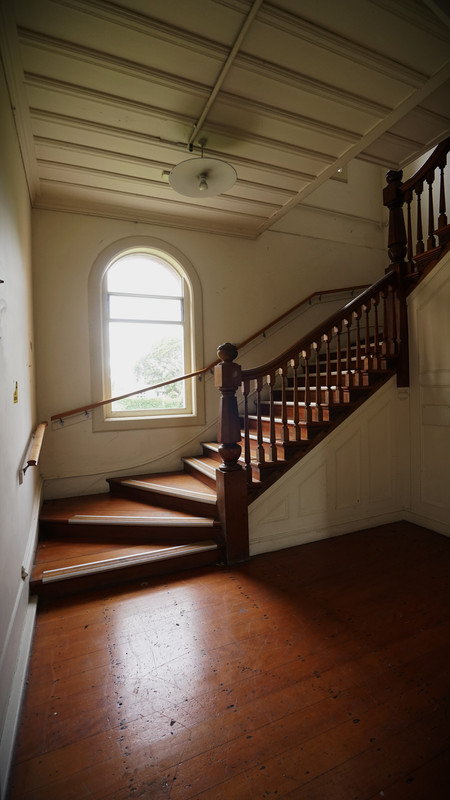
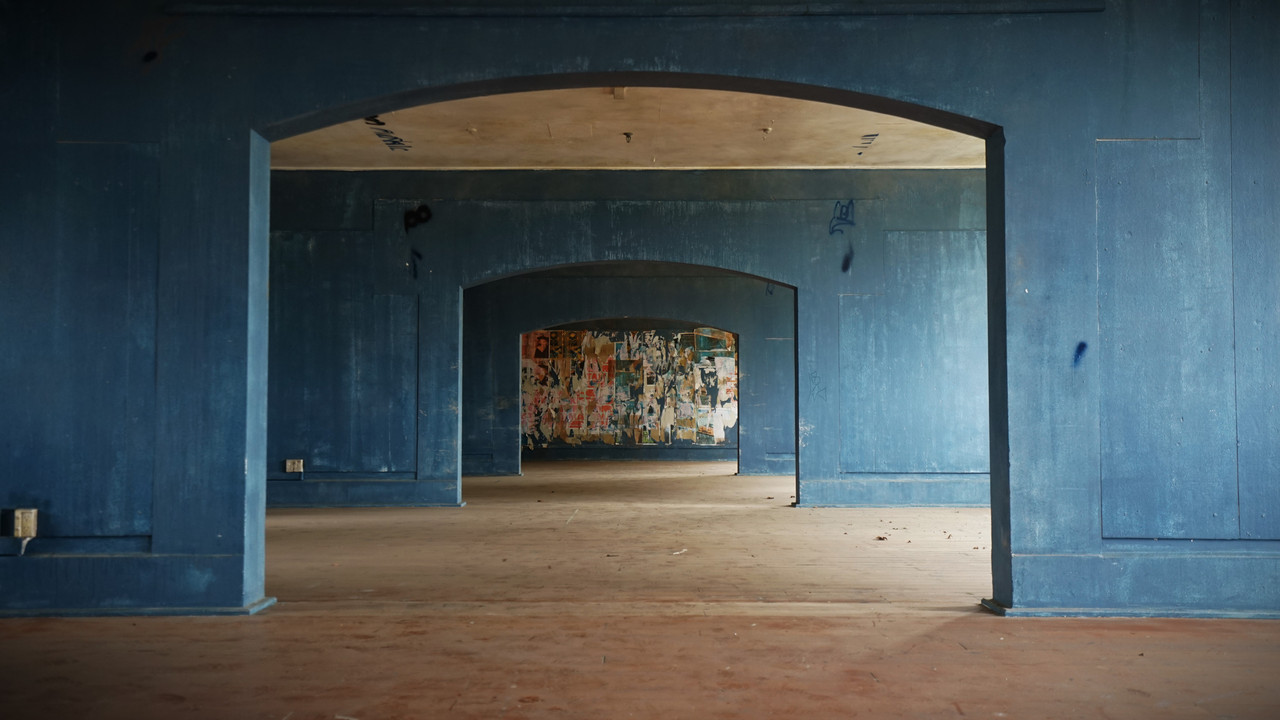

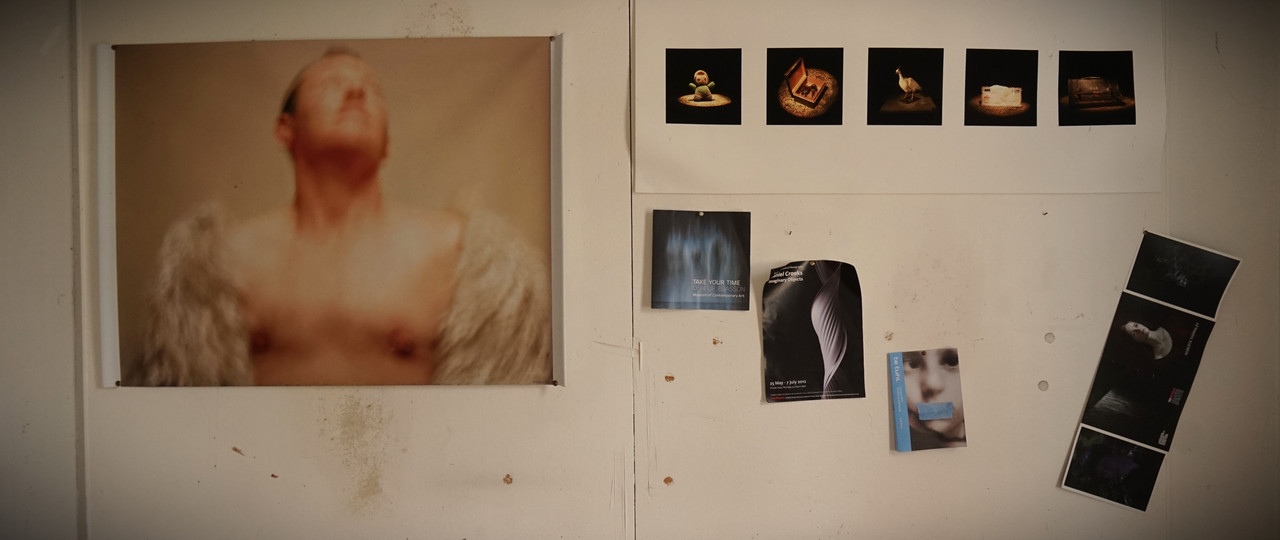
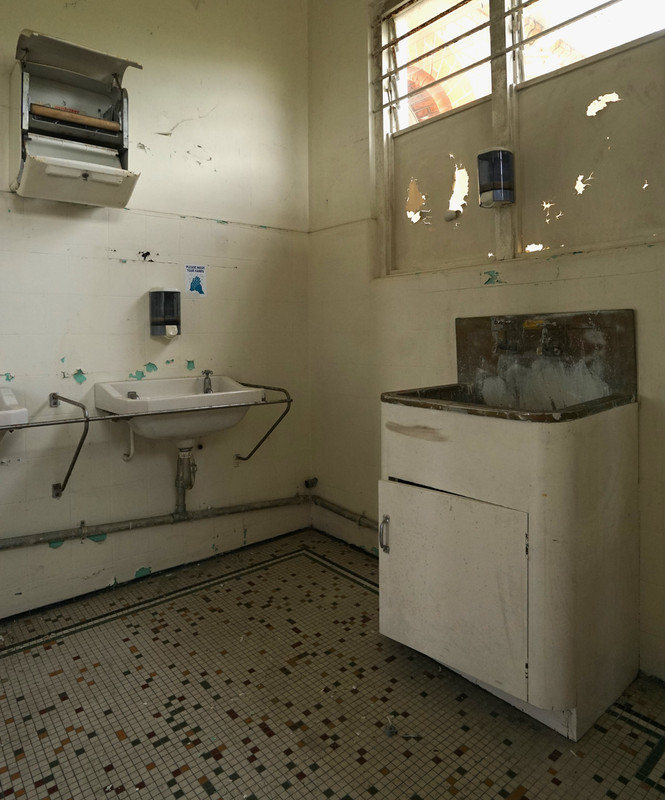
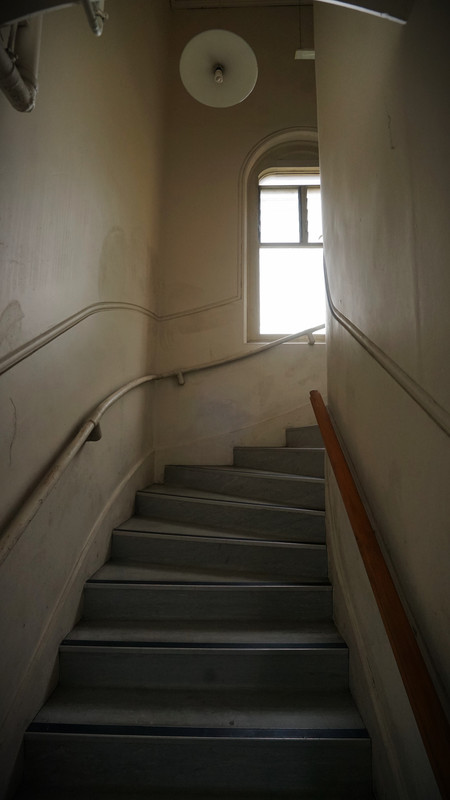
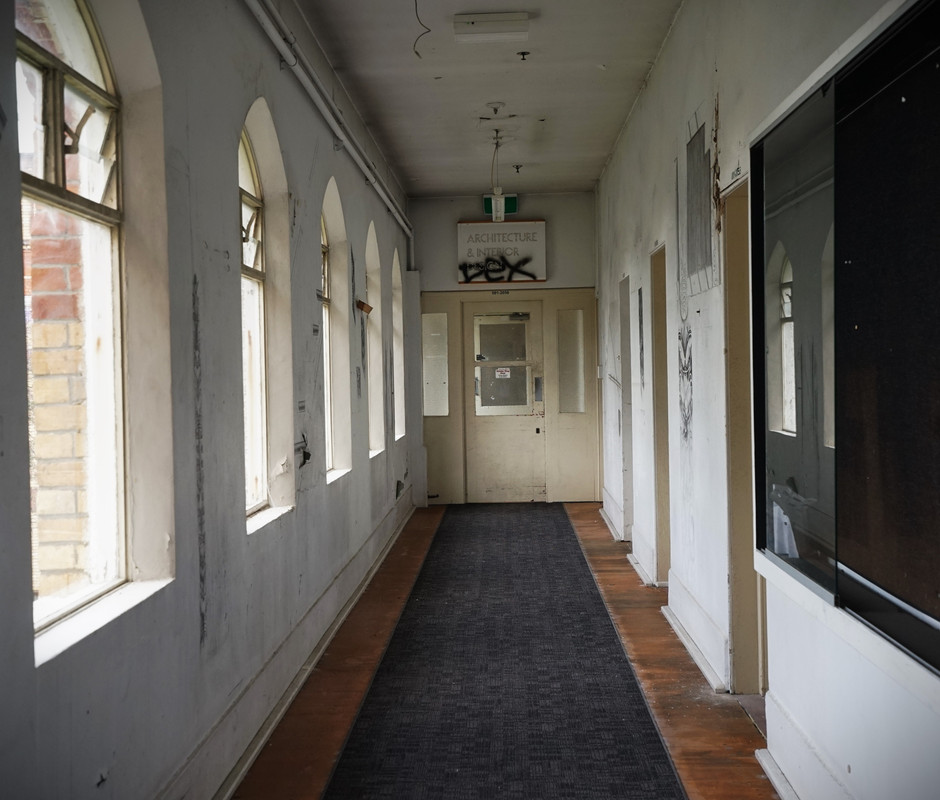

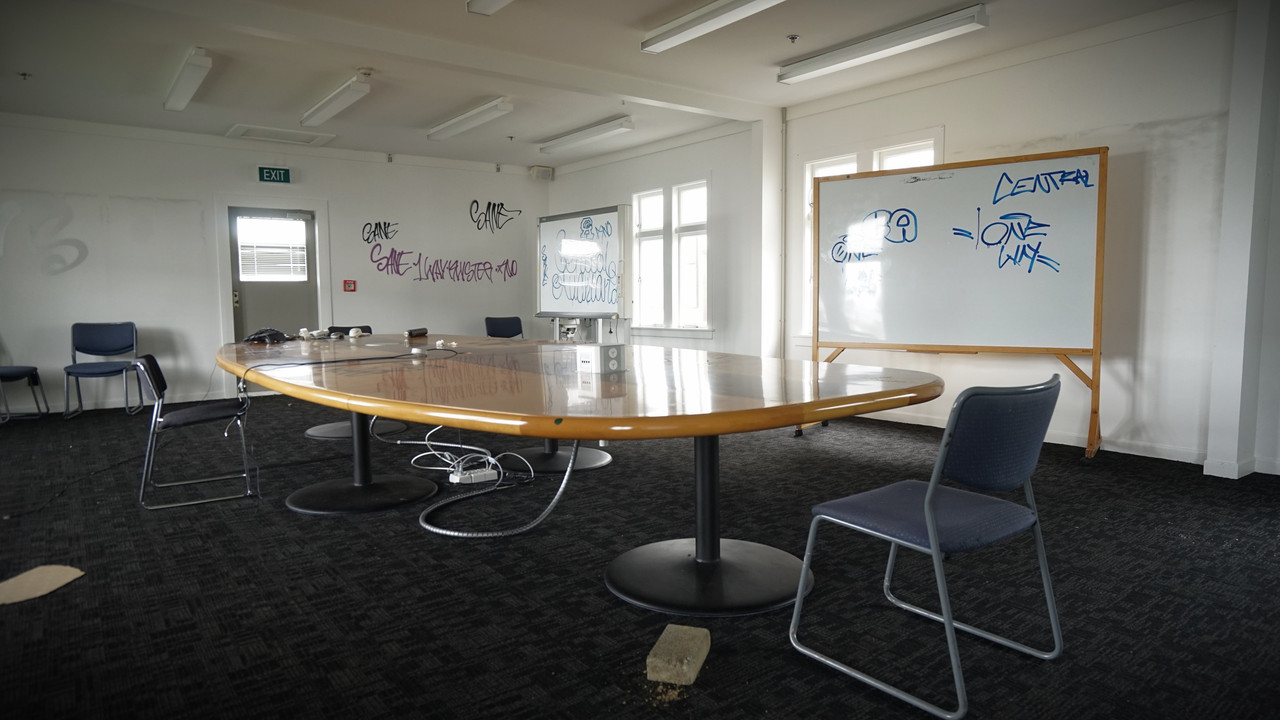
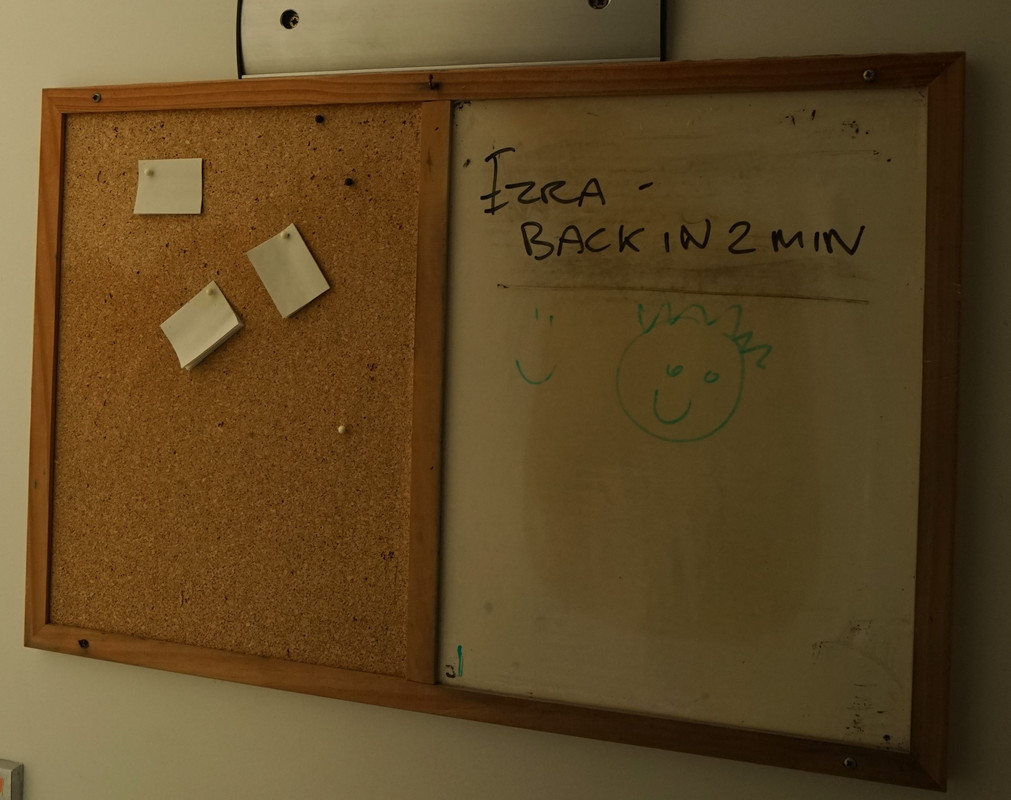


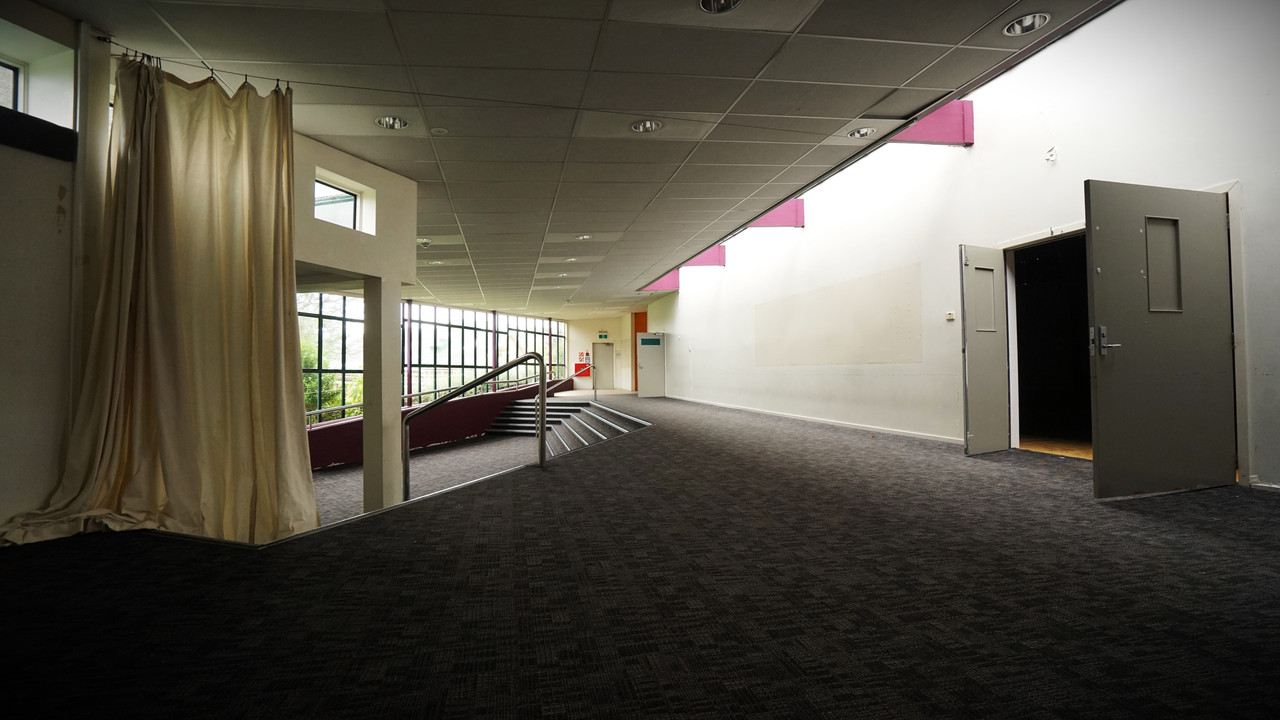
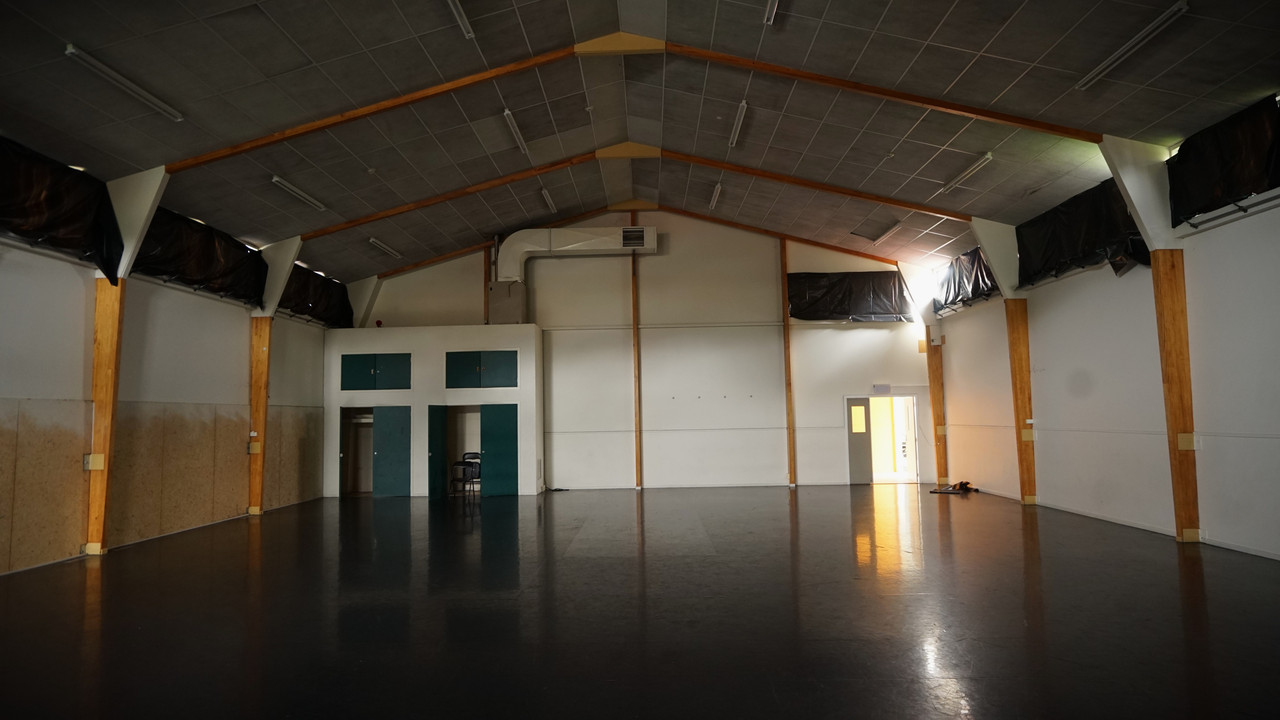
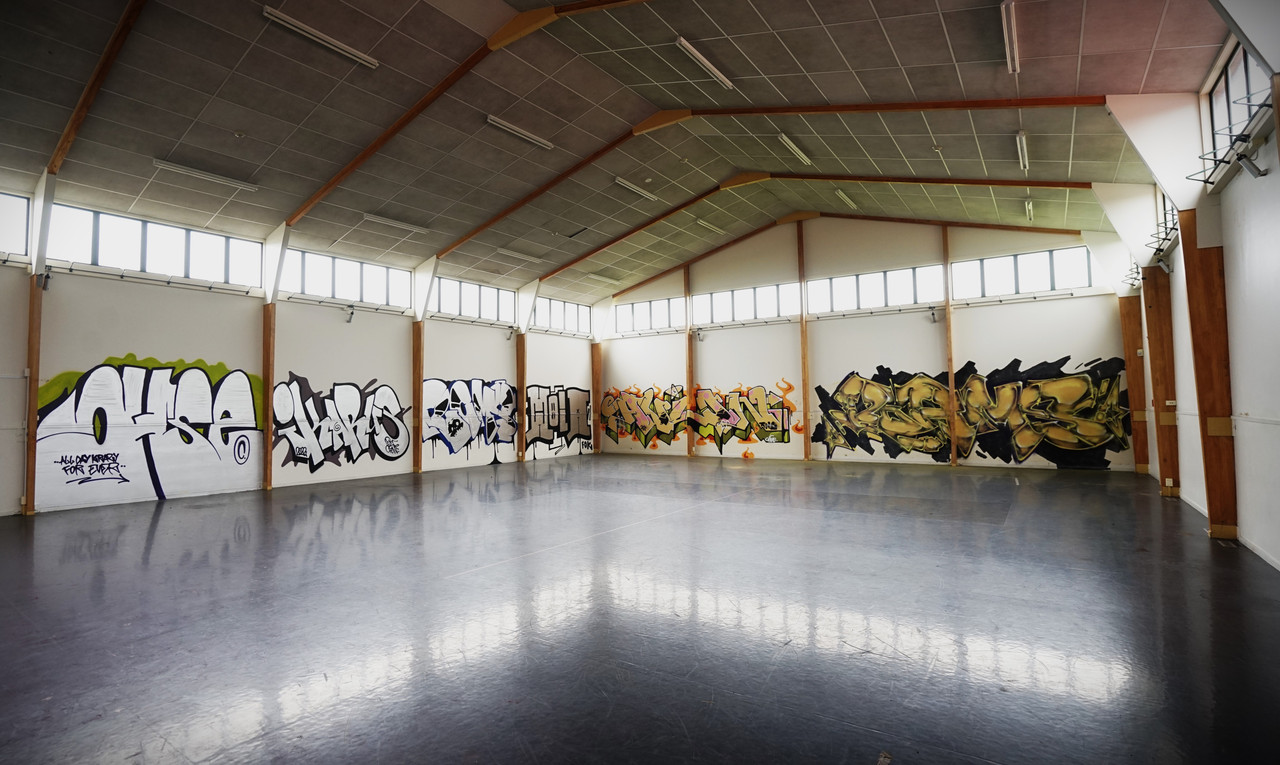
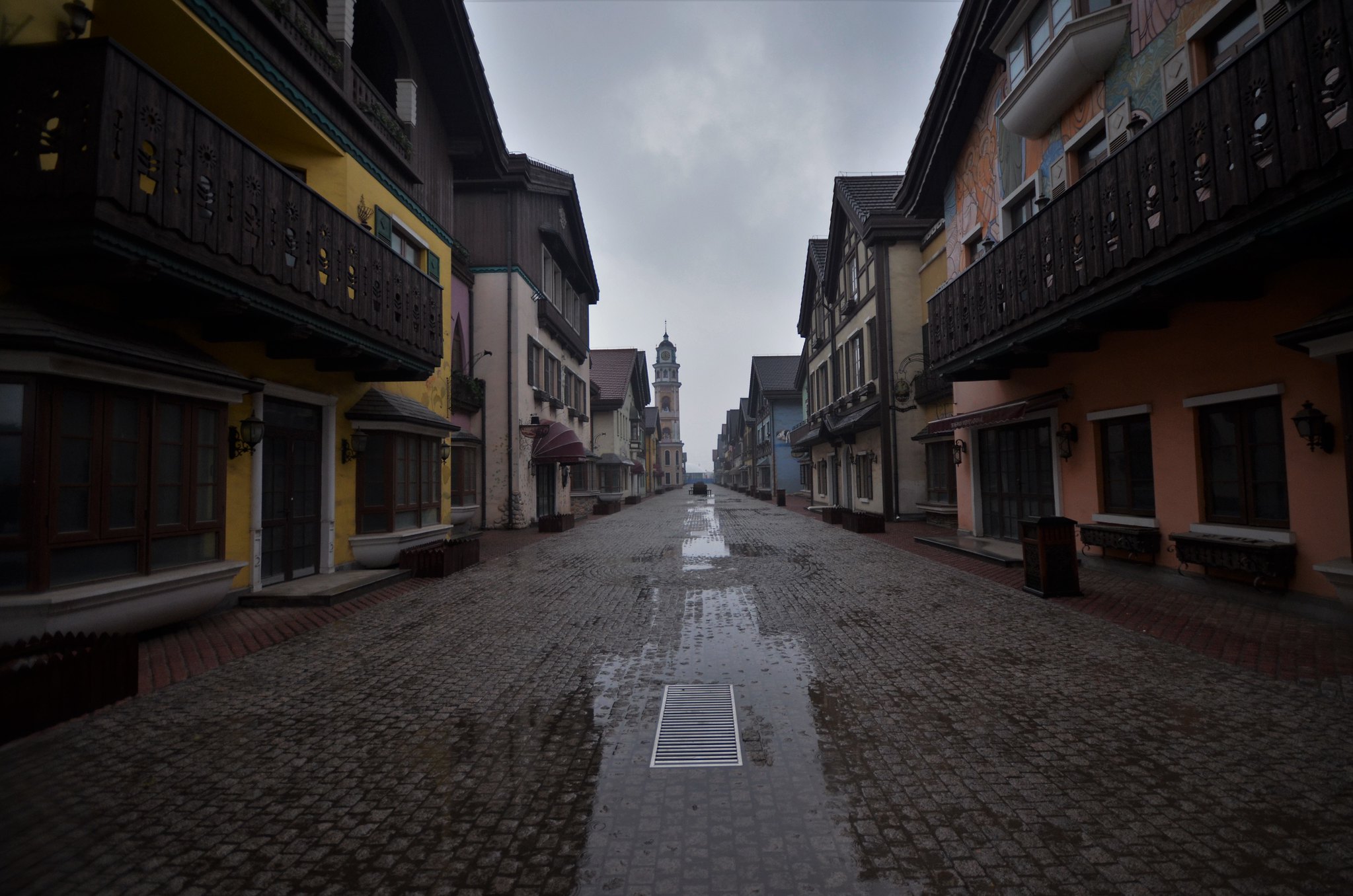
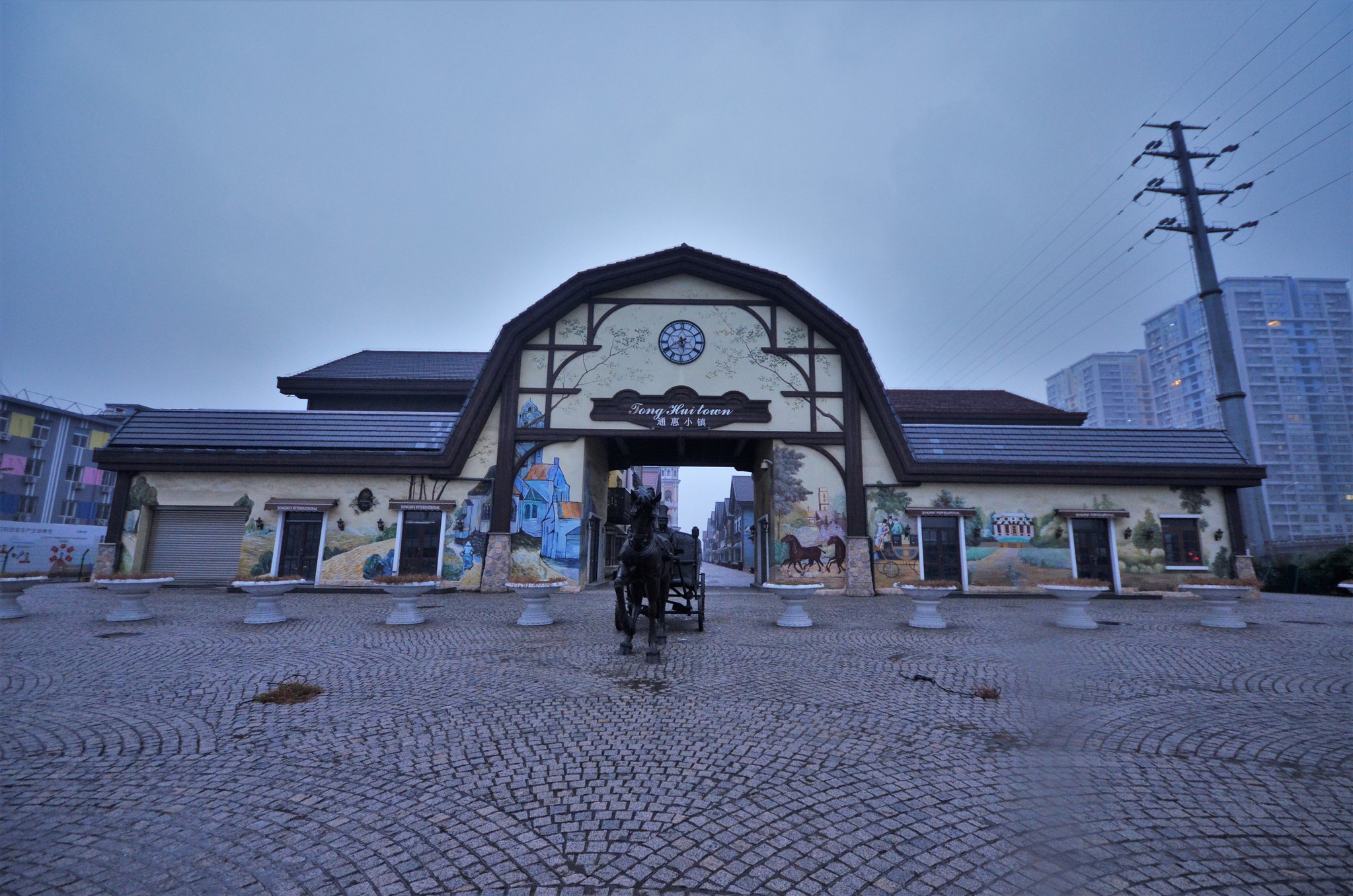

















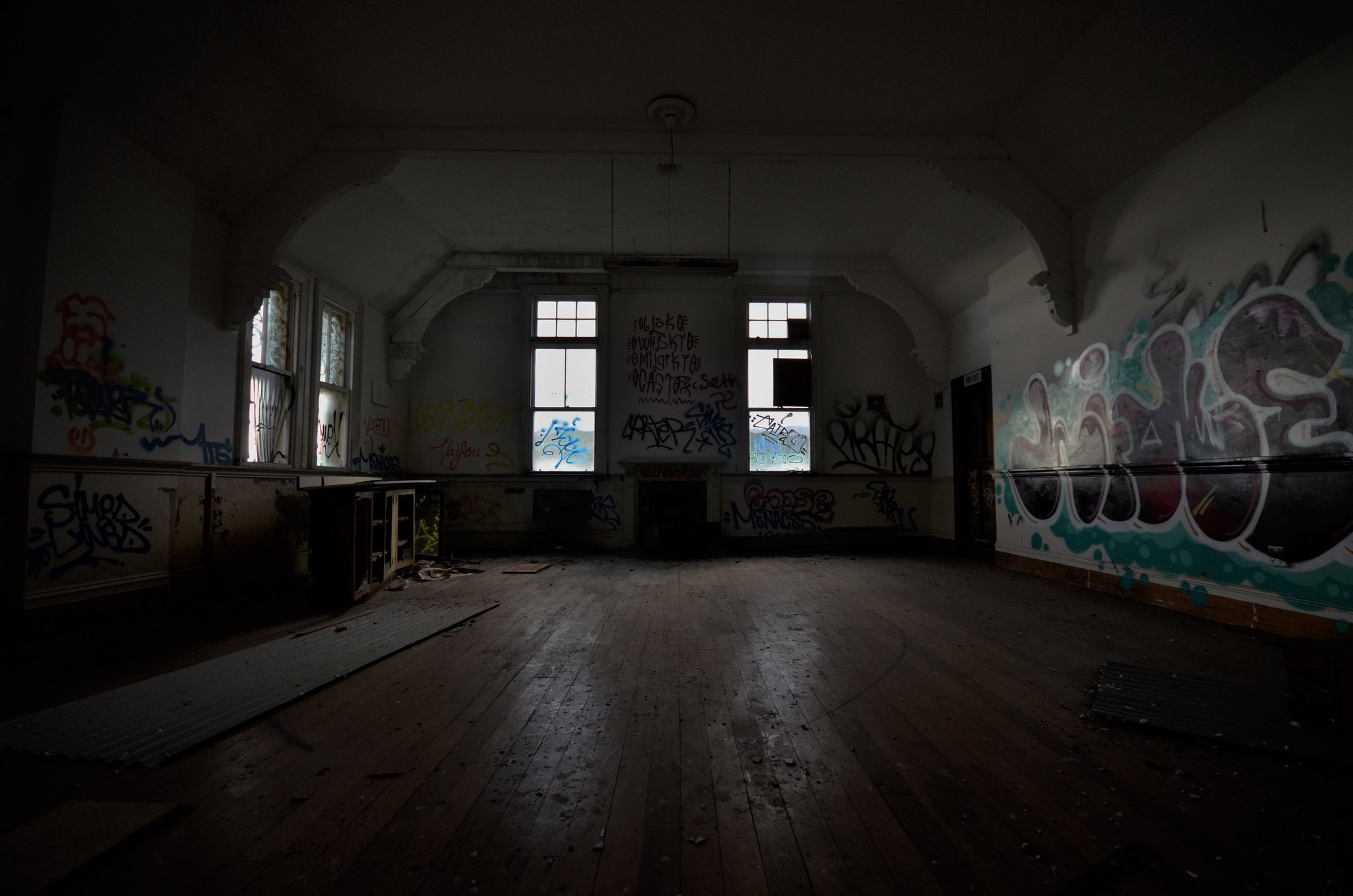















 The Sathorn Unique (aka the Ghost Tower) is a 185 meter 49 story unfinished skyscaper in downtown Bangkok near the Chao Phraya river. The proposed luxury condominium tower was designed and developed by prominent architect and real estate developer Rangsan Torsuwan. By 1997 construction was estimated to be 80–90 percent complete when the Asian financial crisis hit. Bangkok’s real estate market collapsed, and the finance companies that had funded the project went bankrupt and were subsequently liquidated. Building construction projects across the city came to a halt and Bangkok was left with over 300 unfinished high-rise projects. However since then most of these buildings have been completed as the economy recovered- but the Sathorn Unique remains a ghost tower…
The Sathorn Unique (aka the Ghost Tower) is a 185 meter 49 story unfinished skyscaper in downtown Bangkok near the Chao Phraya river. The proposed luxury condominium tower was designed and developed by prominent architect and real estate developer Rangsan Torsuwan. By 1997 construction was estimated to be 80–90 percent complete when the Asian financial crisis hit. Bangkok’s real estate market collapsed, and the finance companies that had funded the project went bankrupt and were subsequently liquidated. Building construction projects across the city came to a halt and Bangkok was left with over 300 unfinished high-rise projects. However since then most of these buildings have been completed as the economy recovered- but the Sathorn Unique remains a ghost tower…
























